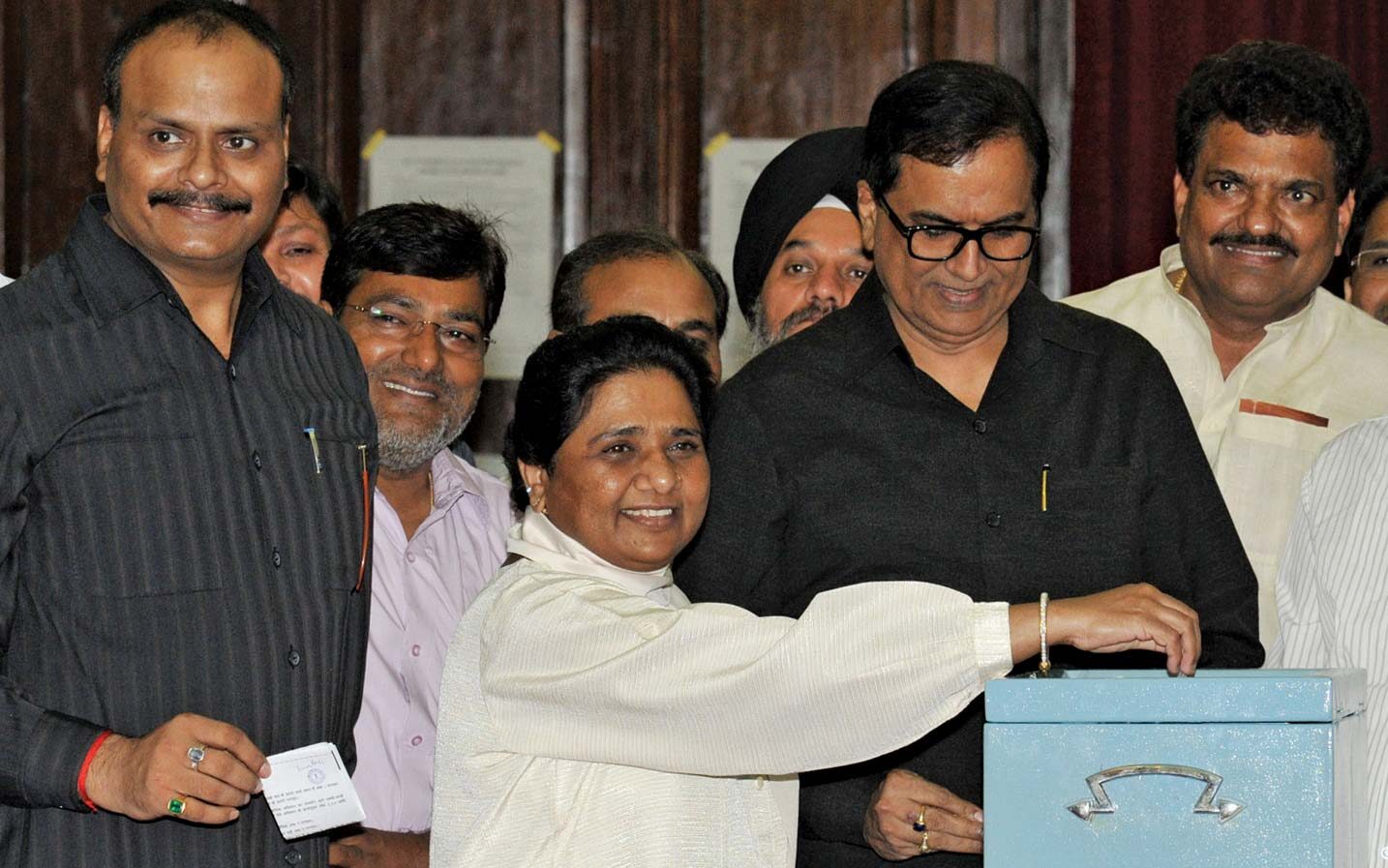
The study of politics has traditionally been ‘gender-blind’. In a discipline that focused primarily on states and inter-state relations, sexual politics and gender relations appeared to be of little or no relevance. Gender refers, most basically, to the social construction of sexual difference. As such, ‘gender’ is clearly distinct from ‘sex’ (terms that are often used interchangeably in everyday languages). Essentially ‘sex’ implies biological, and therefore ineradicable, differences between females and males, while ‘gender’ denotes a set of culturally and socially defined distinctions between women and men. Gender either operates through stereotyping; usually based on contrasting models of femininity and masculinity, or it is a manifestation of structural power relations. This constructivist account of gender has to be challenged and rejected because of the ambiguity of gender, as gender identities are multiple, not singular.
To understand this we must put on a ‘gender lens’. But what does it mean to put a ‘gender lens’ on politics? How has feminism changed our understanding of political processes? One implication of adopting a gender perspective on such matters has been to make women visible, in the sense of compensating for a ‘mobilization of biases within a largely male-dominated discipline that had previously been concerned only with male-dominated institutions and processes. Women, in other words, have always been part of politics; it is just that their role and contribution had been ignored. Gender analysis is thus the analysis of masculine and feminine identities, symbols and structures and how they shape politics. Not only does this involve exposing what is seen as ‘masculinist’ biases that run through the conceptual framework of mainstream theory but this conceptual framework has also, in some ways, been recast to take account of feminist perceptions.
Feminism can broadly be defined as a movement for the social advancement of women. As such, feminist theory is based on two central beliefs: that, women are disadvantaged because of their sex; and that this disadvantage can and should be overthrown.
In this way, feminists have highlighted what they see as a political relationship between the sexes, the supremacy of men and the subjugation of women in most, if not all, societies.
A second broad distinction within feminism has nevertheless become increasingly significant: whether feminism is defined by the quest for equality or by the recognition of ‘difference’. Feminism has traditionally been closely associated with, some would say defined by, the quest for gender equality, whether this means the achievement of equal rights (liberal feminism), social equality (socialist feminism) or equal personal power (radical feminism). In what can broadly be called equality feminism, ‘difference’ implies oppression or subordination; it highlights legal, political, social or other advantages that men enjoy but which are denied to women. Women, in that sense, must be liberated from the difference.

